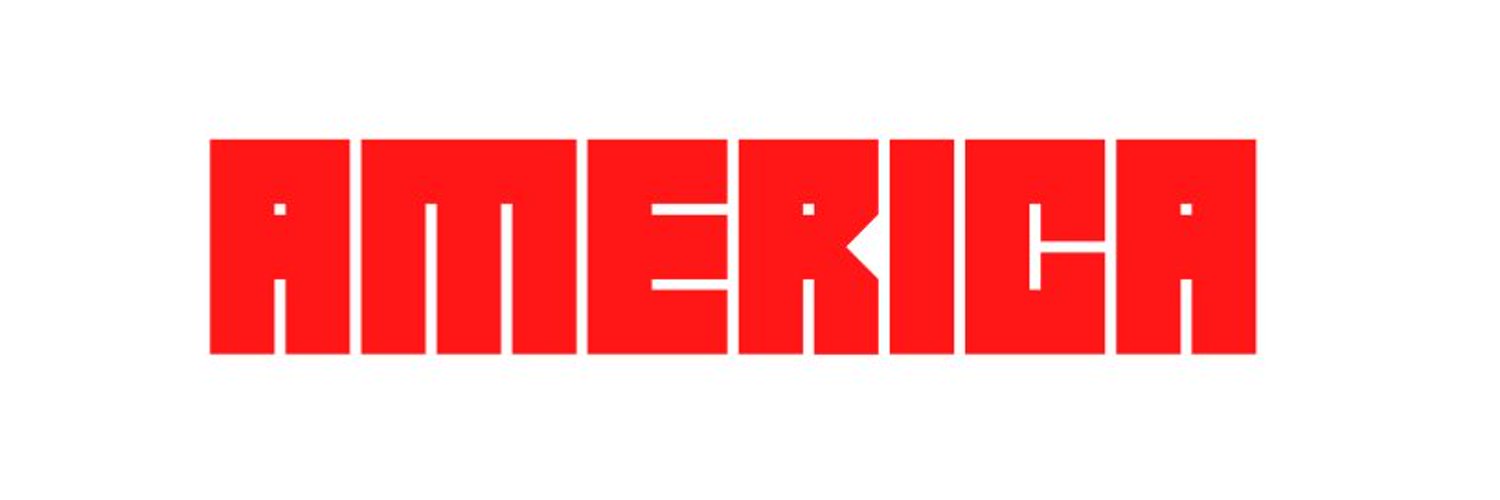What Is USB-C? Do All Other USB Connectors Need to Be Replaced?
Any smart device you purchase will undoubtedly have a USB-C port. But what is it actually, and how is it unique from other USB ports?
Any electrical device you've lately purchased most likely contains a USB-C port. Micro-USB, the tiny hole at the bottom of your devices, was once the standard for smartphones and tablets, but it has now grown into something far more useful and powerful.
Let's examine USB definition, C's speed, reasons for not being widely used yet, and generations. Additionally, we'll dispel popular myths regarding USB-C, explain how it varies from USB 3 and other perplexing standards, and contrast it with Apple's Lightning connectors.
You now have all the information you require regarding USB-C.
Describe USB-C.
The most recent universal standard for smart device wired connections is USB-C, sometimes known as USB Type-C. It is the replacement for earlier standards like Micro-USB and USB-A, which are still widely used but are aging swiftly. The reversible pill-shaped design of USB-C, which allows you to place the connector into your device face up or face down, is a key selling point.
The laptop, tablet, or phone you recently purchased likely has a USB-C port, which enables quick data transfer and fast charging. The iPhone is an exception, as it continues to use a Lightning connector. Both will be contrasted later in the article.
Although USB-C was introduced in 2014, it is still uncommon in some regions of the world due to the delayed adoption of new USB standards. The total number of pins on a USB-C connector is 24, with 12 on each side. These 24 pins are divided into 16 for data transfer, 4 for charging, and 4 for grounding.
The speed of USB-C?
One widespread misunderstanding is the idea that all USB-C cables are quick. That is untrue. The "C" in USB-C actually simply designates the form of the connector and plug.
In other words, USB-C is not a data standard; it is merely a physical one. A USB-C cable's data standard is the only way to estimate how fast it will be.
USB data standards like USB 2.0, 3.0, 3.1, 3.2, or 4 enable us to determine a cable's speed. In essence, letters stand for shape and digits for speed. Please refer to the accompanying table as we go over data standards in further detail in the following section.
What's Wrong With USB-C?
Before understanding why USB-C is fantastic, we must first admit its primary drawback: perplexing naming rules. The organization behind USB-C, USB Implementers Forum (USB-IF), is in charge of naming and popularizing new USB specifications.
However, it keeps renaming current data standards for some reason.
For instance, the USB 3.0 standard, which was first introduced in 2008 under the name "USB 3.1 Gen 1," is now referred to as "USB 3.2 Gen 1". The official name of the USB 3.2 standard is "USB 3.2 Gen 2x2," too. The major factor in the sluggish acceptance of USB-C is probably this ambiguous nomenclature.
Is Lightning Better Than USB-C?
Yes, in practically every respect, USB-C is superior to Lightning. The maximum data transfer speed for Lightning connectors is only 480 Mbps, which is USB 2.0 speed, which was introduced in 2000. That means that the technology used in contemporary iPhones is still more than 20 years old!
Second, by today's standards, charging through Lightning ports is exceedingly slow. The latest iPhones only have a power capacity of roughly 25W, whereas flagship Android phones today can reach up to 100W or more.
Every Smart Device Must Have USB-C
The obvious progression for current smart devices is USB-C, which is widely used already. Our devices must advance along with newer standards as they are developed.
We expect that the USB Implementers Forum will continue to use similar naming practices going ahead to avoid adding unnecessary confusion. Eliminating the ambiguity surrounding USB-C will facilitate adoption and benefit all parties.






